My Backstory
My name is Rose. Born in El Salvador, I immigrated to the states with my parents to escape the violence and political instability of the Salvadoran Civil War in 1990. I was only ten years old at the time.

Luckily, my parents settled in the Pico-Union area of Los Angeles where many Salvadoran and Guatemalan immigrants resided after fleeing their countries in the late 20th century. I grew comfortable in Los Angeles as I was surrounded by many kids who initially felt just out of place as I did. We all adapted to our new home together.
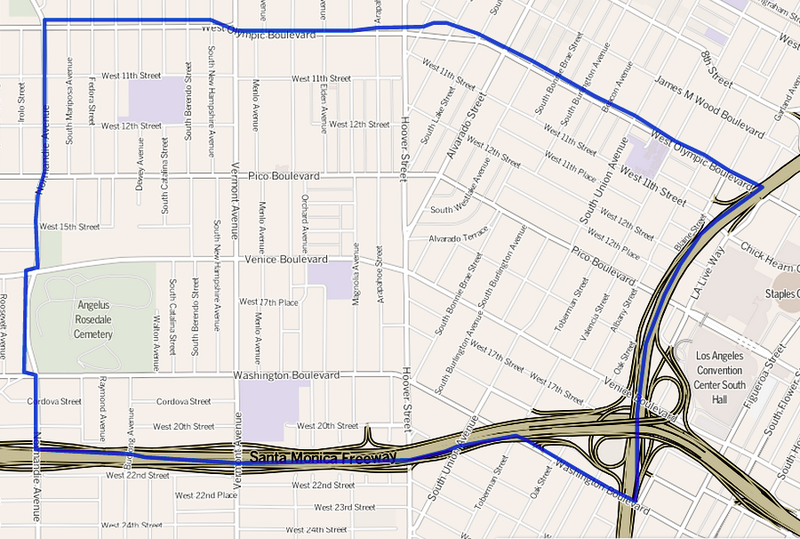
By the time I was eighteen, I graduated from West Adams Preparatory High School at the top of my class. I accepted a full-ride to Cal State LA to attain a Bachelor of Science in Hospitality.
After my second year of college, I was with my first child, Charlotte. Determined to give my daughter the life she deserves, I dropped out of school to raise Charlotte with the aid of my parents. Two years later, I was unexpectedly blessed with another baby whom I named Adam. The struggles of caring for two children, residing in my parent’s home and maintaining various odd jobs for finance subsistence eventually gave me the final push I needed to rid myself of toxicity. I permanently ended my relationship with the inconsistent and unloving father to my children. Although difficult, I knew this decision would be the best for all of us.
Shortly after this decision, in 2014, my outlook on life began to change. My children were no longer babies and my parents planned to retire in a few short years. I knew I needed to look toward the future.
My Home
Since 2015, I have been applying for the Low Income Housing Tax Credit Program after hearing about the application from a childhood friend. I knew that I would need all the help I could get if I wanted to successfully ensure a roof over the heads of my children, parents, and myself. Despite earning less than 60% of the area median income for LA (a major criteria for the program), my application was rejected every year. And every year, I heard the same excuse – too much demand for too little supply.
In 2018, I received the call. The call that was music to my ears – I was finally approved for the program! I was overcome with relief, joy and shock. This was the break that I needed. Immediately, I applied for the Low Income Housing Tax Credit for the University Gardens apartments that are located near the USC campus. I had my sights set on these apartments for quite a while.

My application was processed in a matter of days – much faster than I expected. Here’s the catch: I was fourth on the waiting list and my estimated wait time was eight months. A part of me wanted to let this waiting time defeat me. The thing that would ultimately make me give up. However, I knew I had four people depending on me. I could not quit.
In September 2019, we moved into our two-bedroom apartment. One of the bedrooms are shared by Charlotte and Adam while my parents occupy the second bedroom. I sleep on the pull-out couch which is surprisingly more comfortable than people would think! We share one bathroom, but I am just grateful to have a place of my own – where I can finally take care of my retired parents and release myself as a burden on their shoulders.
My Job
Although listing preference of a Bachelor’s Degree, the USC Hotel hired me as a front desk agent with the connection of a family friend. I jumped at this opportunity because it provides me first-hand experience with hospitality – an interest of mine since I was a university student. I typically work the overnight shift from 11pm to 7am five-days a week. At an hourly rate of $14.25 (minimum wage), I earn a weekly pay of $570, monthly pay of $2,375, and an annual salary of $29,640.

My Annual Expenses
Because my job at the USC hotel provides me dental and vision plans but excludes medicaid or medical care for my family, I assessed my budget based on calculations for the distribution of average household spending for low-income households in 2014 that does not have medicaid (shown in Figure 1). My budget includes annual expenses for myself, my children and my retired parents.

The percentages of my categories (shown in Figure 2) are relatively consistent with Figure 1. However, I spend less in housing due to the Low Income Housing Tax Credit Program. I also spend less in transportation because my family uses public transit sparingly as we are able to walk to work, grocery stores and school. However, the categories of Healthcare, Food and Other are considerably higher because my household is a family of five. In terms of healthcare, I must take into account medicine, prescriptions and emergency-room costs for my parents as well as for my children who can easily catch illnesses from school and get injured from physical activities. The Other category includes everything from credit card payments to extracurricular activities to school materials to holiday gifts.
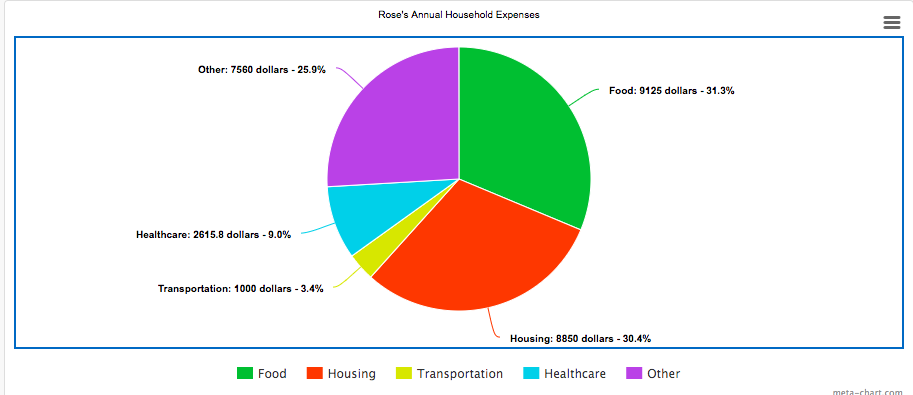
Because my minimum-wage job earns an annual salary of $29,640, I fall well within below the AMI band of $56,400 for five people and thus adhere to the limits of the LA Low-Income Housing Tax Credit Income for University Gardens apartments. Thus, I pay approximately $737.50 for monthly rent.
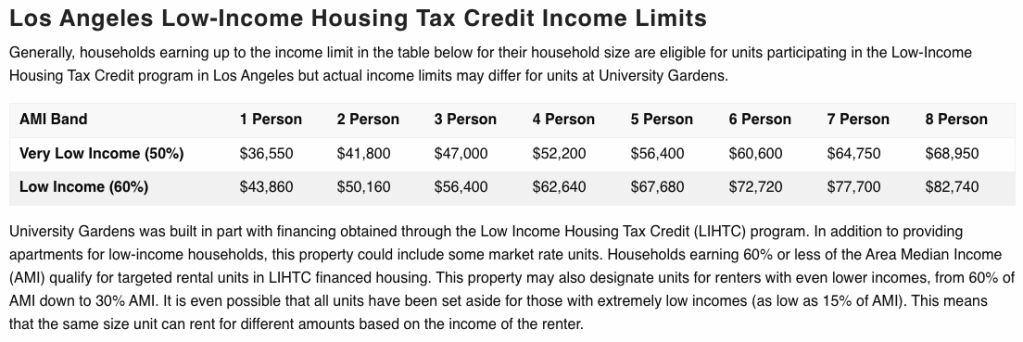
Feeding a Family of Five
Accessibility to Food
Because of the high costs of a family of five, we do not frequently eat out around the neighborhood. I mainly access food for my family through the Adams/Vermont Farmer’s Market and three main grocery stores (Trader Joe’s, Target and Smart & Final) that are within a one-mile radius of my apartment. I want to emphasize that accessibility does not ensure stability. These three supermarkets substantially lack in three areas that pose significant problems to myself and my family: (1) organic and healthy foods, (2) affordable foods and (3) culturally-appropriate foods. For the purposes of my assessment, I grouped together Trader Joe’s and Target due to extreme similarities in the three areas.
Trader Joe’s & Target
Both supermarkets are located in the University Village which is on my way to and from work. Their hours of operation are convenient for my overnight work schedule. Since Target opens at 7am (everyday excluding Sundays) and Trader Joe’s opens daily at 8am, I am able to grocery shop when coming home from work in the mornings. However, I have multiple reasons why I avoid grocery shopping at these supermarkets.

Organic and Healthy Foods
There’s no denying that Trader Joe’s has a wide array of organic and healthy foods. In fact, almost everything in the establishment says “organic” somewhere on the packaging. However, when comparing healthy and unhealthy foods, I come across multiple challenges.
I’d love for Charlotte and Adam to taste and (fingers crossed) enjoy healthy snacks like Kale Chips and Beet Chips especially in light of the rising Type II Diabetes rates among children. Bags of kale chips and beet chips cost $3.99 and $2.99, respectively, and have an approximate net weight of 1.3oz. In comparison, a bag of cheese puffs is $1.99 and weighs 5.5oz. Although the price difference between cheese puffs and beet chips is only $1, those dollars add up and can make a huge dent in my daily food budget of $25. Not to mention, I would be paying more money for a smaller amount of food. Such discrepancies make shopping for healthy snacks for my children incredibly difficult as I struggle answering: Should I buy for cost and quantity or for health? A question I shouldn’t have to answer.

Similarly, Target offers multiple organic and healthy foods which are too costly for a low-income family of five. I would love to cook Pollo San Salvador with organic, vegetarian-fed, free-range chicken breasts, but such an expensive protein would make me unable to purchase other ingredients for the dish. In fact, a little less than two-pounds of organic chicken breasts costs $11.14 at Target; thus, eating up almost half of my budget and unable to comfortably feed a family of five.
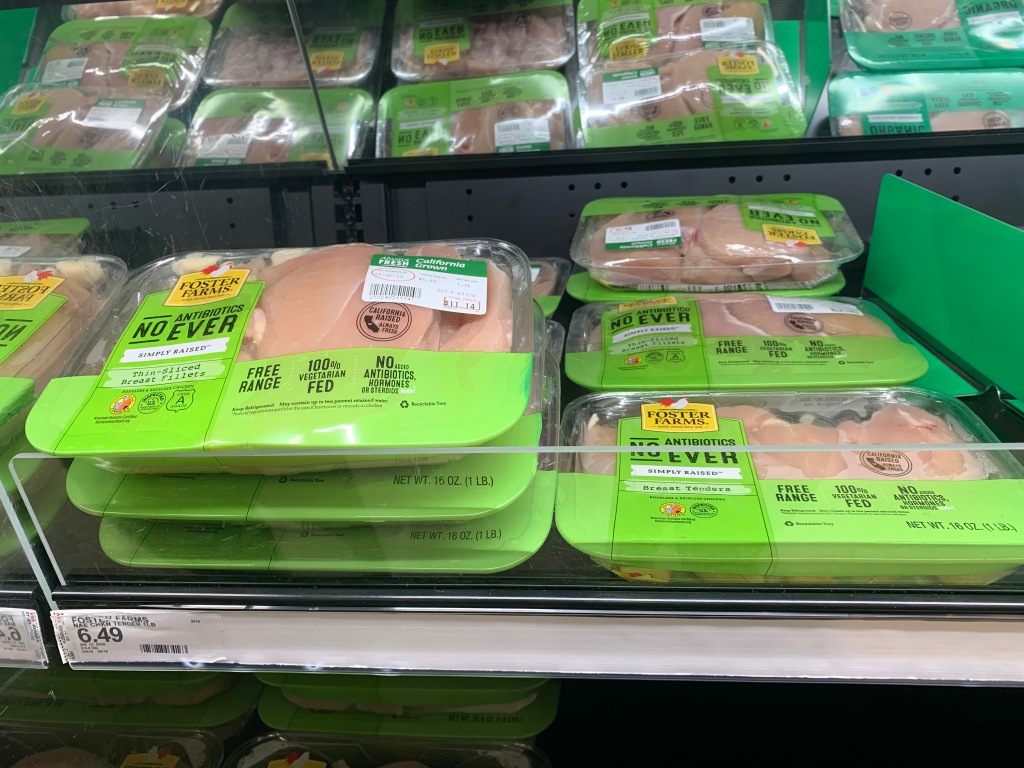
Affordable Foods
In terms of meat at Trader Joe’s, the selection is incredibly costly. I focus on the example of a bag of thinly-sliced beef sirloin for $9.99. Similar to the organic chicken from Target, this package would not be able to fully feed my family. If I am spending almost half of my daily food budget on a protein, I expect my family to enjoy it for more than two measly bites. In addition, Trader Joe’s sells two beef tamales for $2.99. However, the price fails to take into account how small the tamales are (about the length of my hand). Therefore, to feed my family of five (and to ensure every member enjoys the minimum of one tamale), I must buy three packages, paying $9 and eating up more than ¼ of my budget.
In terms of fruits and vegetables, Trader Joe’s showcases these foods in the first aisle when customers walk through the front door. I adore the bright colors and accessibility of healthy foods but am unable to fully indulge in them for my family due to the high costs. A single avocado, banana, apple, and pepper range from the minimum price of 50 cents to 99 cents. Although seemingly inexpensive, the prices of these single fruits and veggies add up when multiplying them times five.
For organic alternatives, the prices are even more expensive. Check out these bananas!
In addition, I am taken aback by the high costs of the strawberries, blueberries and grapes. One package of these foods takes up around 20% of my daily budget – or more. I’d love nothing more but to come home with two pounds of medley seedless grapes for my family. For $5.99, I need foods to contribute to meals for my family and last for more than 1-2 days.
Target offers slightly better prices but tends to implement these affordable prices to unhealthy foods. In fact, their sale promotions cater to party-size bags of Lays, Ruffles and Cheetos and thus incentivize customers like me to provide their family junk foods. Meanwhile, healthier snacks like Veggie Straws and Organic Blue Corn Tortilla Chips are considerably higher in price and not offered any sale promotions.

Culturally Appropriate Foods
I must admit that Trader Joe’s attempts to appeal to various cuisines, including Italian, Indian, Chinese, American, and Mexican. When combing through the aisles, however, I couldn’t find references to El Salvadoran food. I realized that Trader Joe’s neglects the inclusion of the cuisines of smaller countries – cuisines that might not be considered mainstream. In addition, Mesoamerican ingredients that are common in Mexican and Salvadoran cuisines were solely marketed as “Mexican.” The exact reasons of this are unknown, but I feel unrecognized as Salvadoran. Simply because we use a handful of common ingredients, the cuisines of various cultures should not be thoughtlessly grouped together.
right: “Mexican-style” cheese at Target
Also, I’d like to point out that among all of these cheese options, not one includes queso duro, queso fresco or queso blanco that are commonly used as a delicious topping in sopa de frijoles and on Salvadoran enchiladas.

In Target, I was able to find a few ingredients that are found in various Salvadoran dishes and are inexpensive. For instance, I can buy low-sodium black beans for 69 cents per can. I can use these black beans to make the Salvadoran dish of tamale pisques. I can also use the 99-cent can of refried beans as one of the ingredients to a bean and cheese pupusa.
Smart & Final
The hours of operation for Smart & Final is similarly convenient for my work schedule. Open daily from 6am to 10pm, I can grab groceries on my way home and before I attend work at 11pm. Not to mention, if I forget a particular ingredient while preparing to cook dinner, I can conveniently walk down my street and quickly purchase the item due to the close proximity of this supermarket to my apartment.
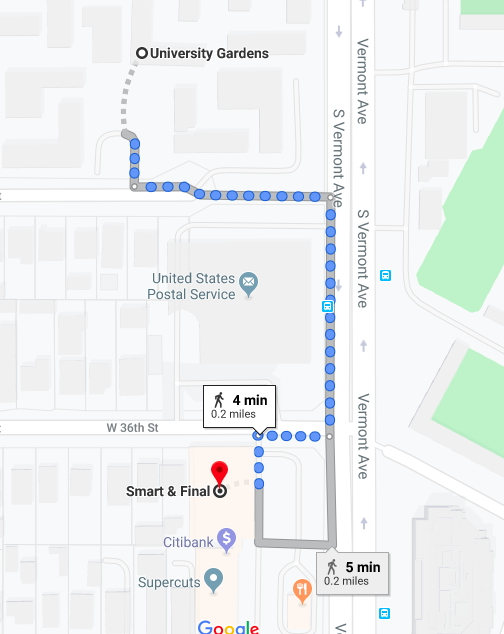
Organic and Healthy Foods
Smart & Final does not stock a multitude of organic items. In fact, I found organic foods only when I specifically looked for them. Unlike Trader Joe’s and Target, the organic products in Smart & Final were not showcased out front.
right: non-organic eggs on the shelves of Smart & Final
However, I was greeted with an abundance of fruits and vegetables upon walking through the front sliding doors. I had multiple options of many of the fruits and vegetables – including six types of apples and five types of potatoes!
In terms of healthy snacks, Smart & Final displayed such foods in the middle of the aisles on the higher shelves as opposed to the end of aisles on the bottom shelf like in Target. Although surrounded by unhealthy snacks, Triscuits and Wheat Thins are not purposefully hidden. I feel as though this placement gives me the opportunity to notice these relatively inexpensive healthy snacks (in comparison to Trader Joe’s kale and beet chips) and perhaps integrate them into my food budget for the day.
right: healthy snacks in Target (bottom shelf at the end of the aisle)
Affordable Foods
The affordable prices are ultimately the reason why I prefer to grocery shop at Smart & Final as opposed to Trader Joe’s and Target. The value deals for family-sized products is ideal for my daily food budget of $25.
Such price points and portion sizes make grocery shopping for a family of five a tad bit easier. For instance, as a dinner meal, I can purchase five pounds of lettuce for $4.49, five pounds of ground beef $1.99 and ten-pounds of Russet potatoes for $3.99. Thus, I am left with $14.53 to purchase various additional ingredients to make homemade sauces and to enliven the protein, side and greens. Not to mention, the multiple pounds of food ensures leftovers for my family to enjoy the day after!
In terms of fresh fruits and vegetables, I believe that Smart & Final offers fair prices. In comparison to $6.49 and $4.99 at Trader Joe’s, I can buy the same amount of strawberries and grapes for $3.29 and $2.99, respectively, at Smart & Final. In addition, rather than almost one-dollar per apple, I can purchase Pink Lady Apples for $1.39 per pound which will definitely come out to be more price-efficient.
(scroll up for comparisons at Trader Joe’s!)
Not to mention, I am able to buy frozen fruits in bulk! Purchasing six-pounds of frozen strawberries for $9.99 is honestly a no-brainer for me because it can supplement breakfasts for my family of five for multiple days.
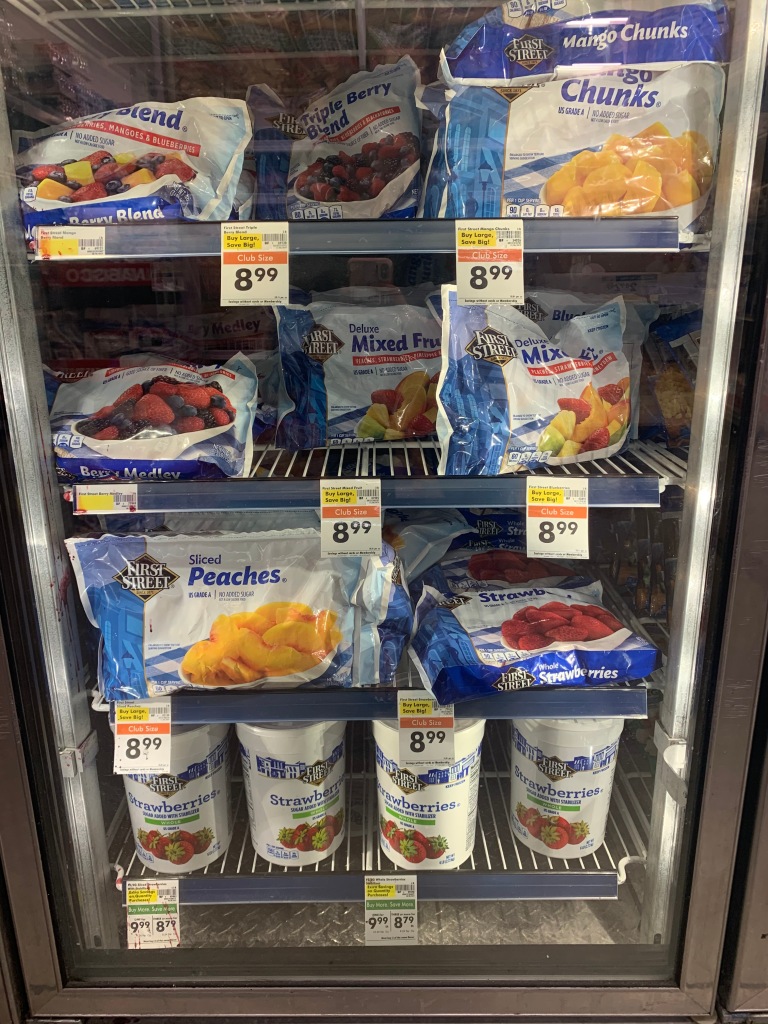
Culturally Appropriate Foods
Similar to Target, Smart & Final does not offer key ingredients to cook many Salvadoran dishes at home. Instead, Smart & Finals have shelves of essentially the same product. I observed this in regards to both tortillas and sauces. I wish I had more of a selection for ingredients to make dishes from my childhood rather than being able to choose from dozens of types of salsa, for example.
Athena’s Analysis
Structural Inequalities
Through the lens of Rose, I perceived the structural inequalities in societal institutions to a greater extent. When researching viable apartment and employment options, I realized how low-income residents do not have access to the same life opportunities as those of the middle and upper classes. Similar to the experiences of countless low-income individuals, Rose endured years of waiting for approval for the Low Income Housing Tax Credit Program and appropriate housing. In addition, Rose’s front-desk job neither provides healthcare nor wages that are suitable for her and her family of five in Los Angeles (a city with one of the highest standards of living in the United States). Through structural injustices, Rose is thus unable to fully attain “higher levels of human flourishing” that is she and every human being is equally entitled to (Sbicca 2018).
Organic, Healthy AND Affordable Foods?
I truly feel as though this trio does not currently exist in groceries for low-income communities. At Trader Joe’s and Target, I did not find any organic and healthy foods that were affordable with a budget of $25 per day and able to feed a family of five. I personally might purchase a $10 package of organic chicken breasts because I figure that the portion would provide me dinner for a handful of days (thus a cost-effective decision for me). However, this same package would not be able to feed a family of five even though it would cost almost half of the budget. Through this perception, I opened my eyes to the consumer base that Trader Joe’s and Target intends to appeal to: USC students who shop solely for themselves and require a small portion size.
On the other hand, Smart & Final targets larger families and sells huge portion sizes for value prices. On my visit, I saw industrial-sized bags of rice, huge cans of nacho cheese and, as I mentioned previously, a five-pound roll of ground beef. I couldn’t help but wonder: Why is this beef so inexpensive? How is it priced so low? Is this even beef?
Similar to the comparison that Rose made between kale chips and cheese puffs at Trader Joe’s, I understand why low-income families might purchase $1.99 ground beef instead of $10 organic chicken breasts. Rose would be unable to supply three-meals per day for her family if she frequently chose organic and healthy foods over inexpensive and questionably-healthy ones. Thus, Rose and parents alike choose these inexpensive proteins for their low-income families because they simply have no other cost-effective option. The lack of additional affordable options does not fall on the responsibility of these parents who are often denounced for “making ‘bad’ eating choices” (Sbicca 2018). Rather, they reflect the structural inequalities inherent in the food system.
Not Culturally Appropriate or Inclusive Enough
I was most disheartened by the lack of culturally-appropriate foods for a Salvadoran family. Every individual should have equal opportunity to cook recipes of any cuisine especially one that they are ethnically connected to. As I grocery shopped through the eyes of Rose, I felt extremely disregarded and insignificant. I saw countless versions of pasta noodles, brands of tortillas, and flavors of cheese. However, I hardly came across distinct ingredients that are integral to key Salvadoran dishes.
To my knowledge, the three supermarkets did not sell plantain leaves, corn masa flour or cassava root that are essentially for three delicious Salvadoran dishes of tamales, pupusas and yuca frita. Not to mention, Rose has multiple difficulties finding chicken and carne asada that is of a reasonable price and portion size for her family to make pollo guisado con hongos or carne asada con chimol, for instance. Although Rose is not expected to cook Salvadoran dishes every day for her family, she should have the option to cook any meal she chooses.
Final Words
I recognize that pretending to be Rose while researching apartments and grocery shopping is nowhere close to experiencing the racial and structural inequalities that are embedded in the food system of low-income neighborhoods, disproportionately affecting minority communities. However, the activity expanded my horizons as I shopped in consideration of a family of five and a daily food budget of $25. I have a deeper understanding of food injustice in low-income neighborhoods and relate to Neelam Sharma, Executive Director of Community Services Unlimited, as I found it extremely difficult to “‘feed her [Rose’s] own family high-quality healthy food while living in South LA'” (Portnoy 2017).
References
Portnoy, S. (2017). Food, Health and Culture in Latino Los Angeles. Lanham, MD: Rowman & Littlefield.
Sbicca, J. (2018). “Inequality and Resistance.” Food Justice Now! Deepening the Roots of Social Struggle.

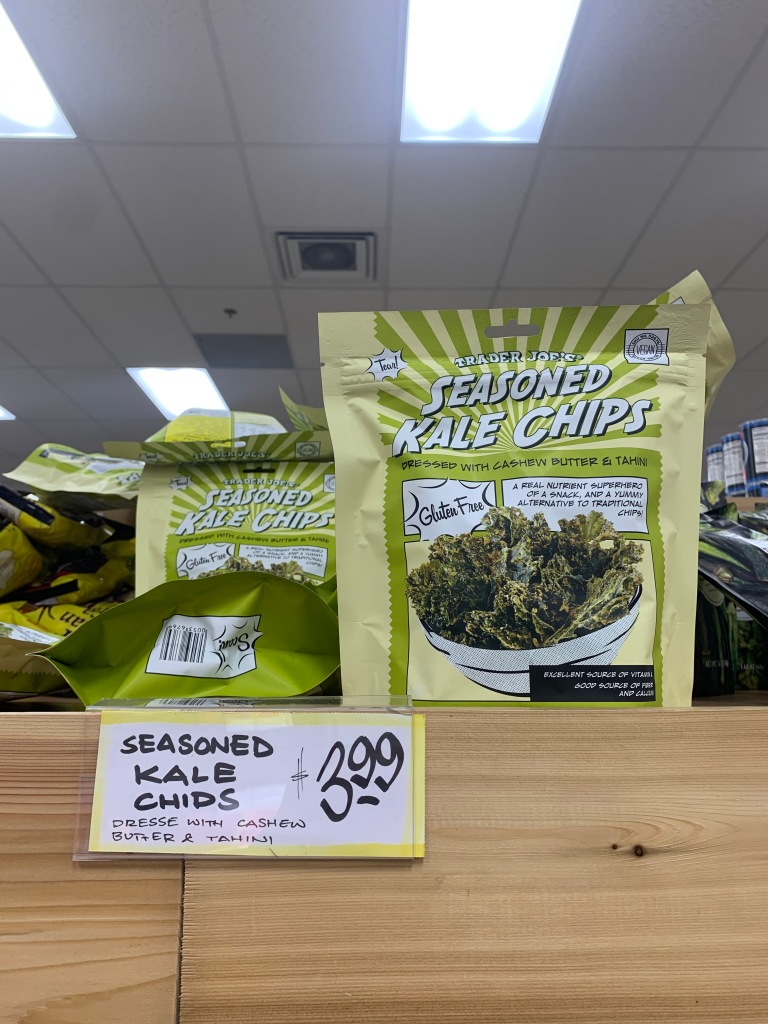
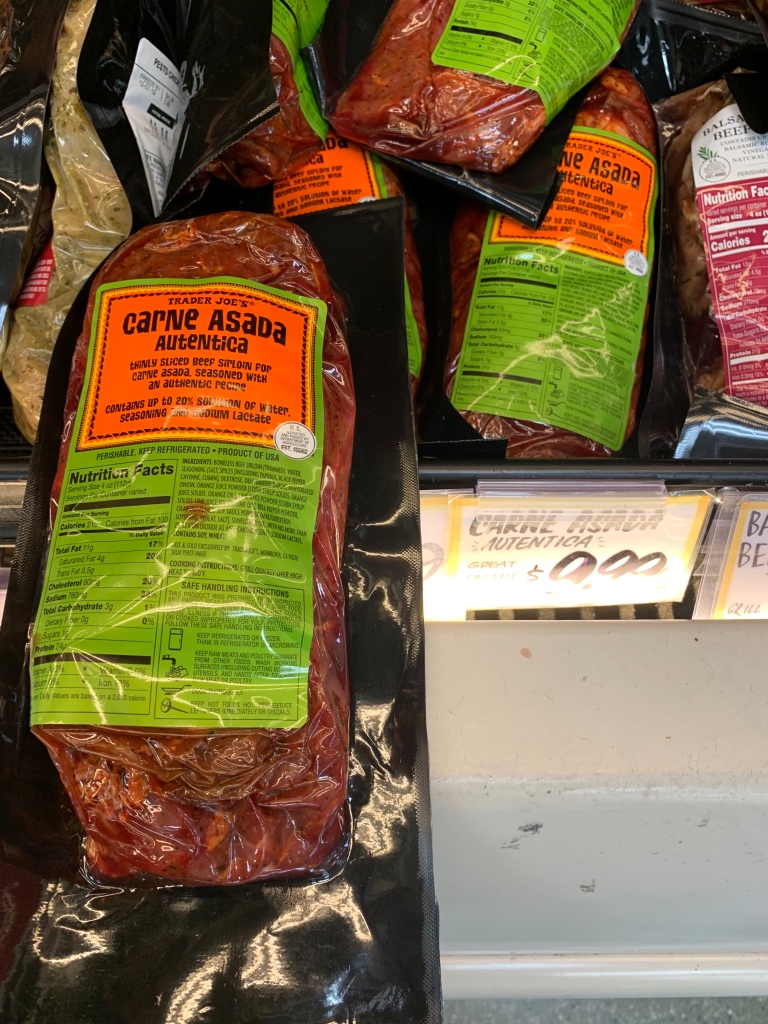
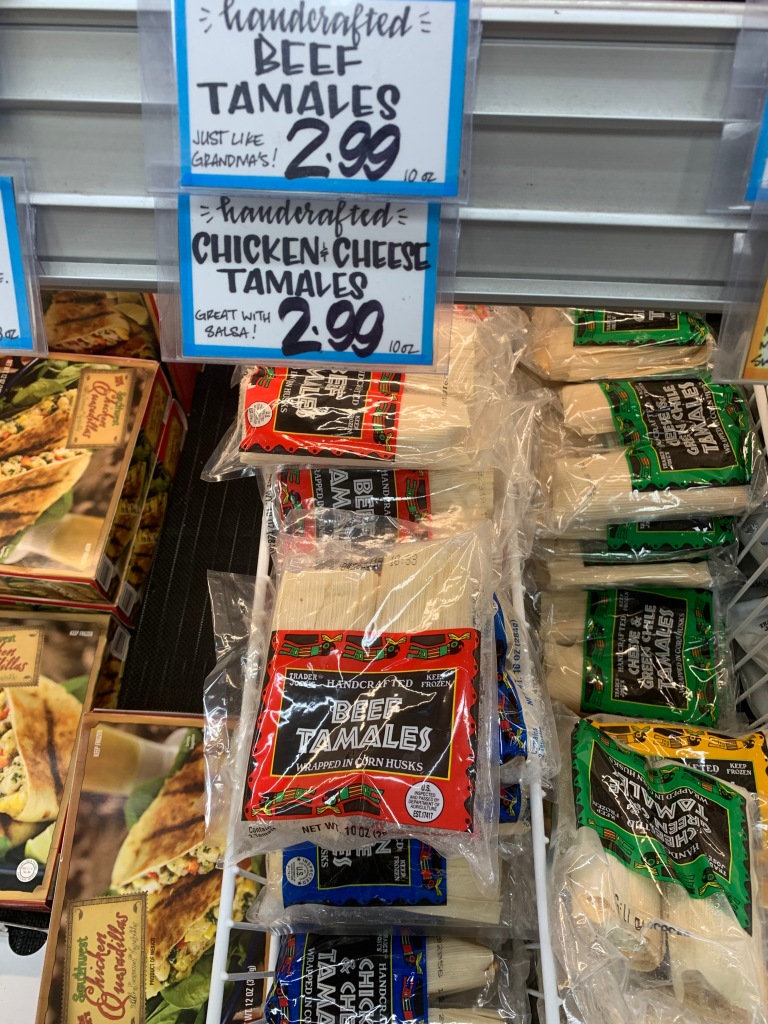







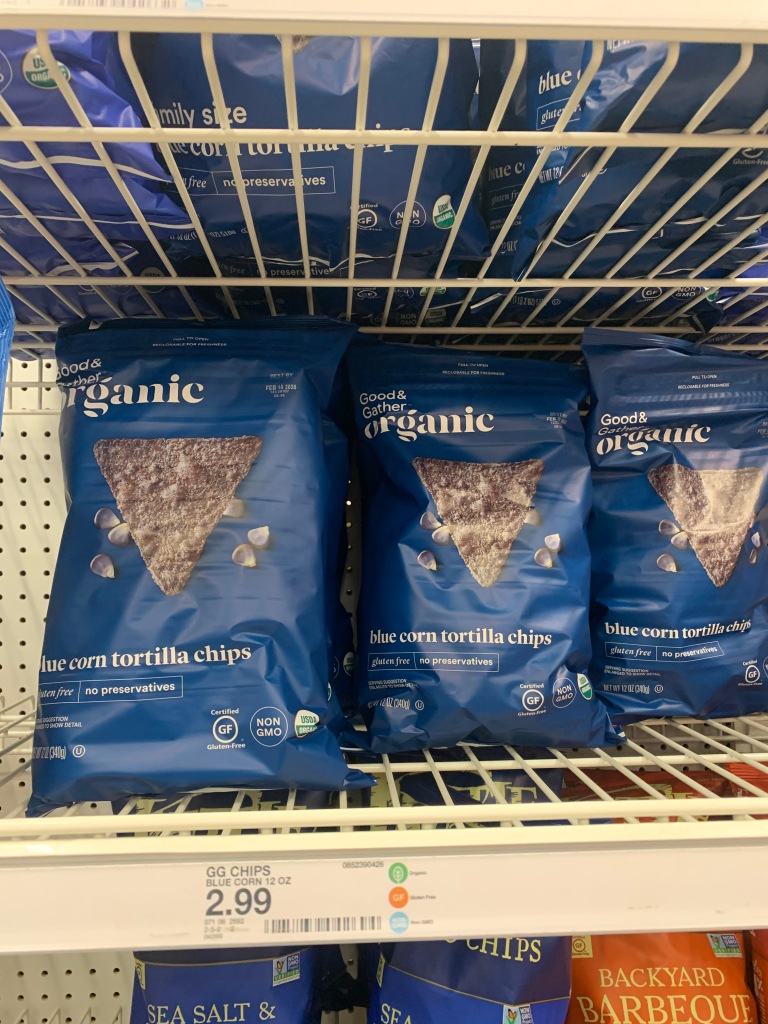
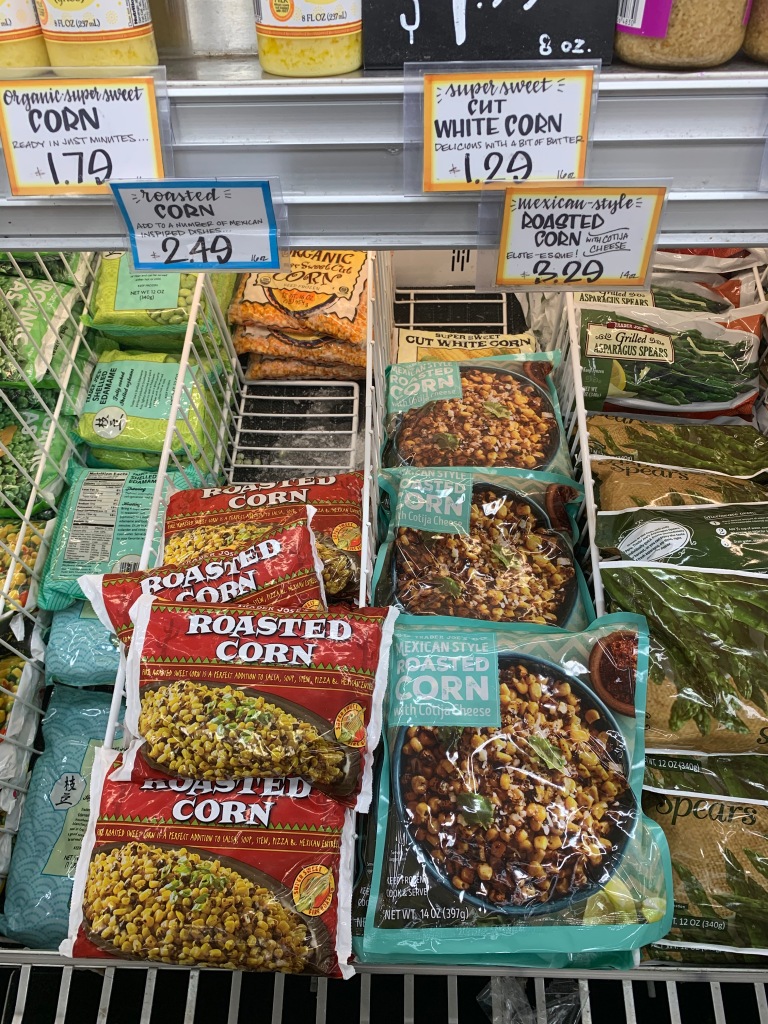
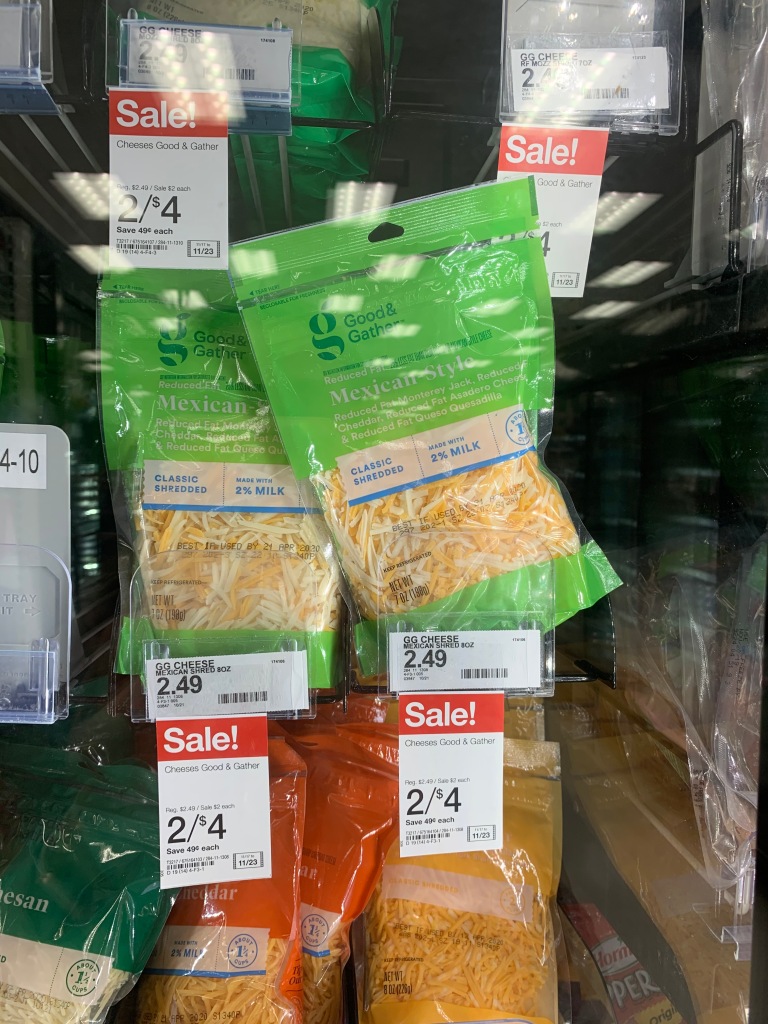



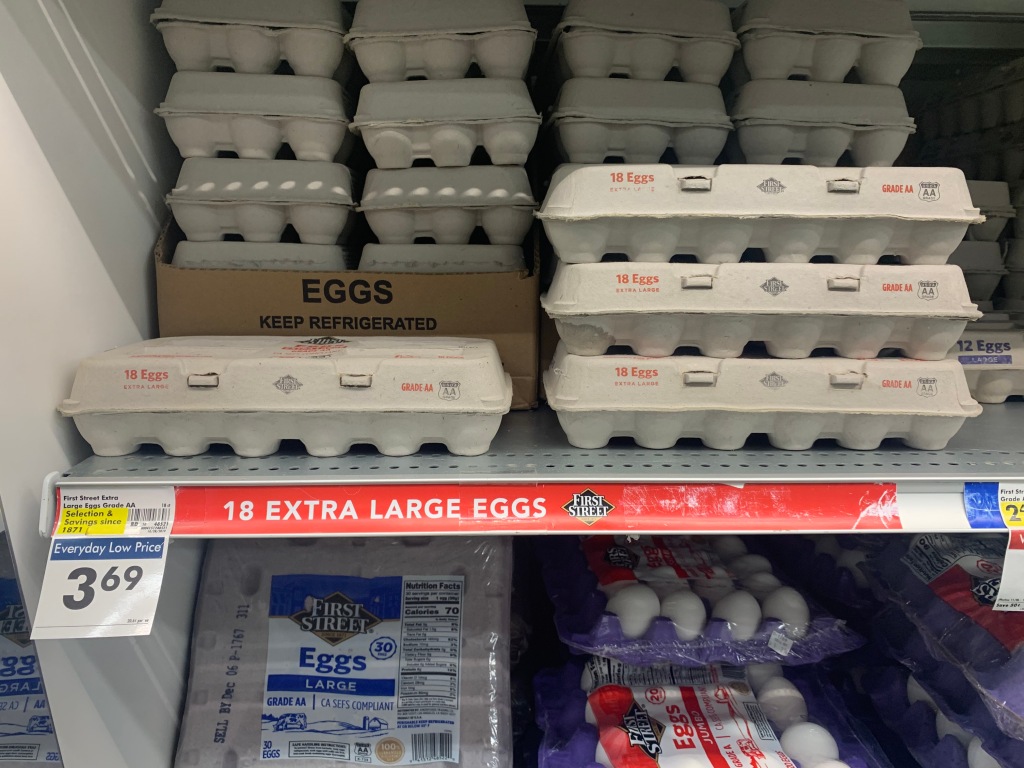

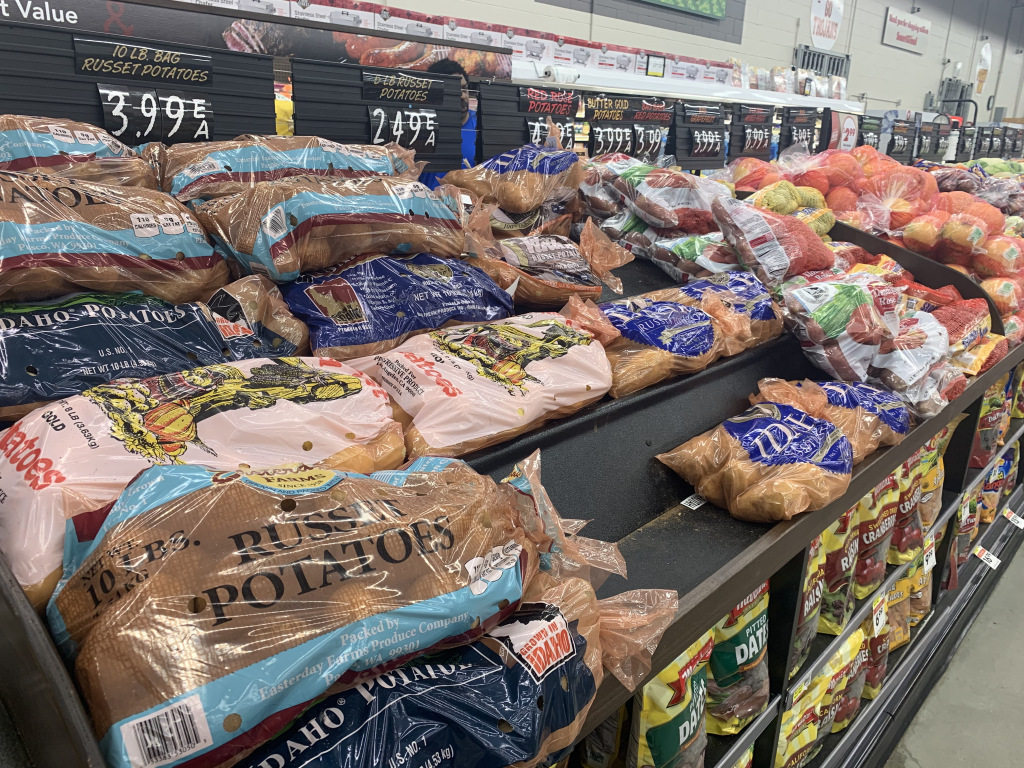

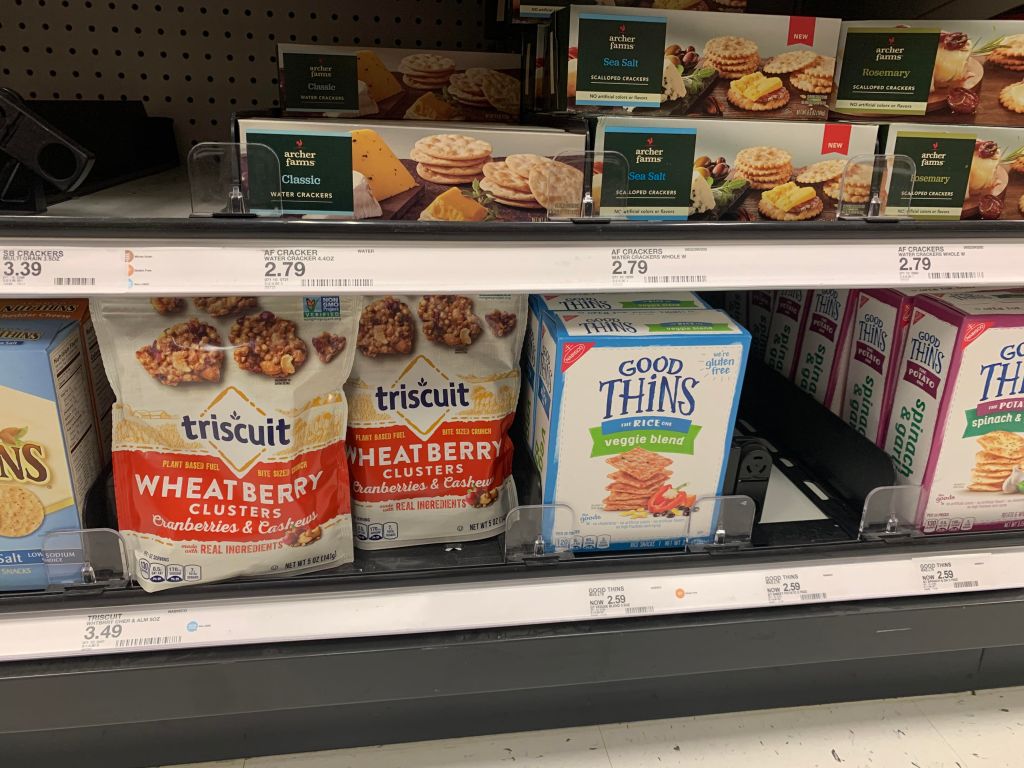
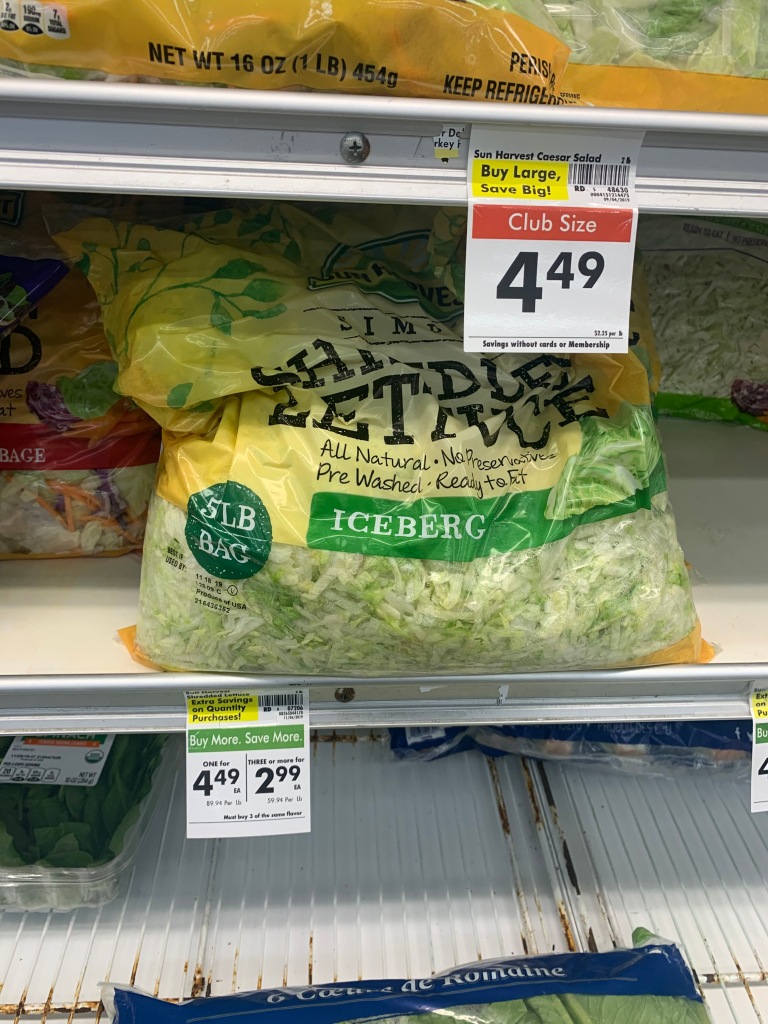
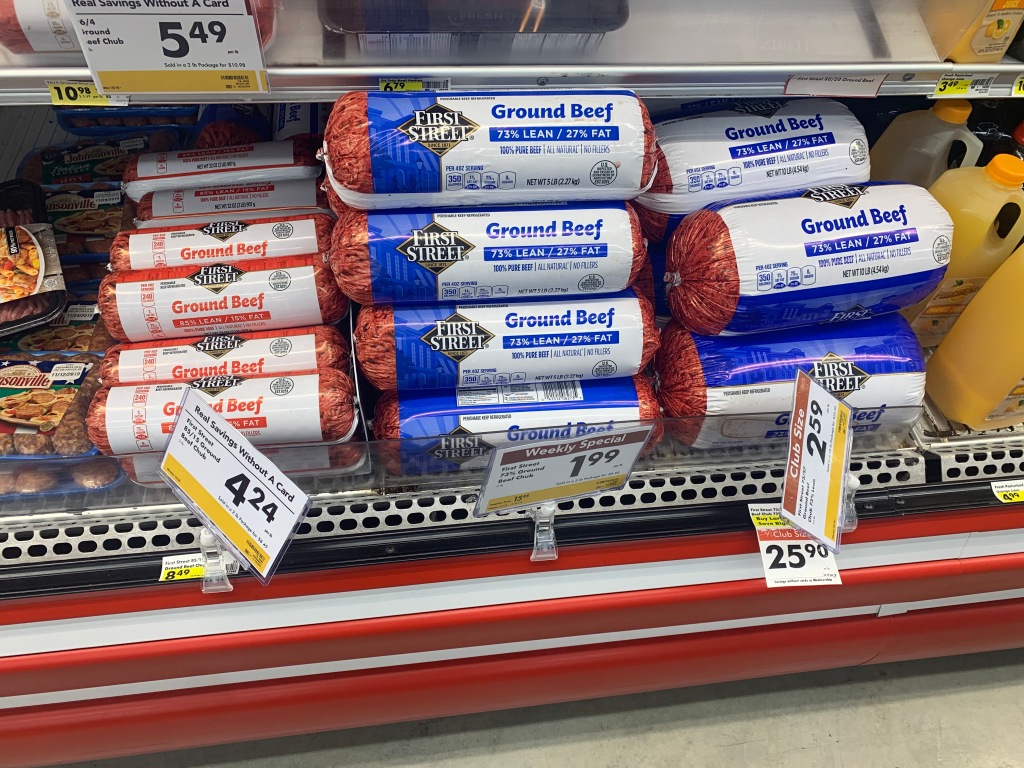



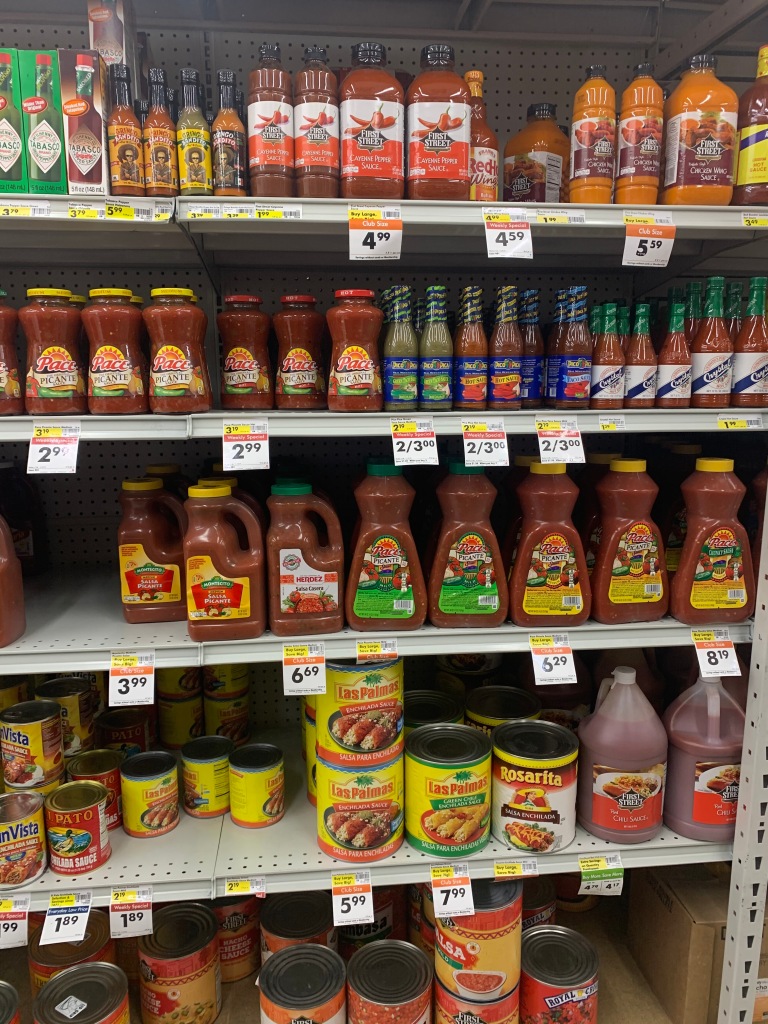

I liked how you broke everything down, gave us a background story, and compared different food options at different stores. Organic, healthy AND affordable foods is extremely hard to find in low-income communities. And I agree that USC students who shop for themselves require a small portion size whereas Smart & Final targets families and sells bigger sizes for cheaper prices.
LikeLiked by 1 person
1) i love those cheese puffs – highly recommend
2) i enjoyed that pie charts you included! it provided a wonderful visual.
LikeLiked by 1 person
Athena,
Wow! You did an amazing amount of research for this and I learned so much from reading your blog about what percentage of income goes to different expenses and the threshold for low-income housing credit, etc. This was so informative!
Yes, you also learned that while TJ may be great for students, it is not ideal for a Latinx family doing household shopping. The avocados are expensive, tortillas come few to a pack, they don’t sell dry beans… you have to go to a Mexican supermarket for these things. Look for Superior and Northgate. This is where you find these products much cheaper and where the community shops, when they can get there if not close by. There was one where TJ is now until maybe 5 years ago.
And thanks for integrating concepts from the reading into your blog, too!
LikeLiked by 1 person
Athena,
I really enjoyed reading your blog, it really made it feel like I understood exactly how you felt and what the struggles that someone living in an area like Los Angeles with little income would have to face. I enjoyed reading about Trader Joes (since I do almost all of my grocery shopping there) and learning about what it might look like from a different perspective and why it does not appeal to everyone of all cultures.
LikeLiked by 1 person
Athena,
this was a really great blog to read! I appreciated you giving a historical background of your family coming to the United States, it really set the scene. The section on Trader Joe’s was especially interesting because it really represents the gentrification the South LA community is facing. As USC students, it’s easy to praise the village for it’s great options and easy access, but we often forget that it was put in place not only for students, but also for members of the community who get little use out of it.
LikeLiked by 1 person